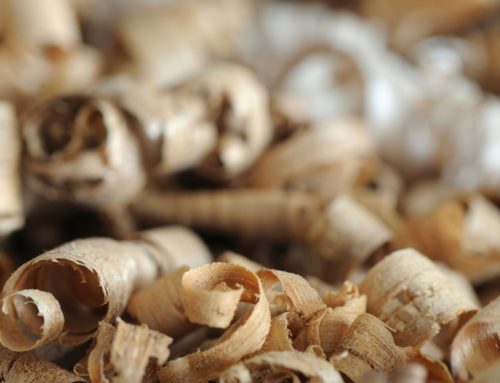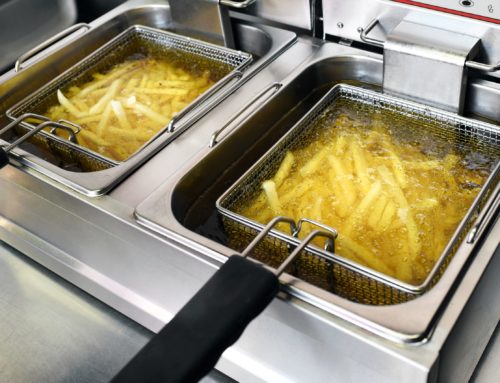 One message that sums up my belief about man and nature is that in nature there is no waste – in nature everything is used up in a perfect, circular economy.
One message that sums up my belief about man and nature is that in nature there is no waste – in nature everything is used up in a perfect, circular economy.
The only waste that exists in nature is what we – humans – put there.
There has been a lot of recent media attention to plastics, and in particular to marine plastics: that which is found in and along our oceans.
There is a lot of it to pay attention to, and a lot to be alarmed about. We quite literally have whirlpools in the ocean – called gyres, or swirling ocean currents – that pull in debris, with plastic being a major component. Called “garbage patches,” these patches of debris actually extend from the water’s surface to the ocean floor.
That’s a lot of garbage.
Then realize that there are five of these gyres in our oceans, all drawing in debris to some extent. The largest of the garbage patches is the Great Pacific Garbage Patch in the North Pacific. It is actually made up of two garbage patches, the Western Garbage Patch and the Eastern Garbage Patch, so that collectively it extends from our west coast, all the way to Japan.
Tiny traveling tragedies
But the debris isn’t confined to the gyres, or patches. Currents (water and air) can carry plastics hundreds of miles or more from their original reckless disposal site. We are now finding it in pristine areas in the Arctic, even heading towards Antarctica, with concerns about another garbage patch forming in the Barents Sea.
Of course plastics aren’t the only culprit; in addition to marine industry trash such as fishing nets and rubber boots, we’re able to spot common household trash and items – from appliances to commodes. As unsightly and grotesque as all of these items are, there’s a special insidiousness to something much smaller: microplastics.
Just as the name implies, microplastics are tiny bits of plastic, usually less than 5 millimeters long. They can be produced through degradation of larger plastic items, from bottles to paint chips, or are intentionally produced, such as microbeads that are used in beauty products.
Though miniscule, their impact is enormous – not just to marine life, but to us. Fish, for example, that consume microplastics may then not feel hungry enough to eat what they should, and die. For marine life that’s part of our food chain, that means that plastics that they consume become part of what we consume.
Not a welcome thought, is it?
Are plastics the enemy?
I mentioned earlier that much attention is being paid to plastic even though there are copious amounts of other marine debris types. Progressive-types insist on bans or alternatives, such as paper straws. Is that a productive approach?
I say no, because it doesn’t address the crux of the problem: Human behavior.
If these traveling bottles and seed-sized pieces of plastic are telling us anything, it’s that we’re the problem – not the plastics. In fact, a world without plastics would be a dim world indeed; we would have a greatly reduced quality of life and many of us would die.
Do you or your child wear a helmet for sports? Plastic. Require insulin injections? Use a cell phone? Have an airbag in your vehicle? None of those are currently possible without plastic.
When we have a one-use mentality, or have merchant vessels wantonly tossing their trash overboard into our seas, we have a people problem – not a plastics problem.
Sure, if we were able to remove plastics from our waste stream, we would be eliminating a large portion of that waste. But that’s still a behavioral problem.
Those bottles floating in our world’s oceans are sending us a message: We need to shift our focus of blame from plastics and put it where it belongs – with us.
Banning plastic doesn’t mean we’re listening; nature is still screaming at us.
In my next blogs I’ll talk more about the different types of plastics, the pitfalls of recycling and reuse opportunities.



